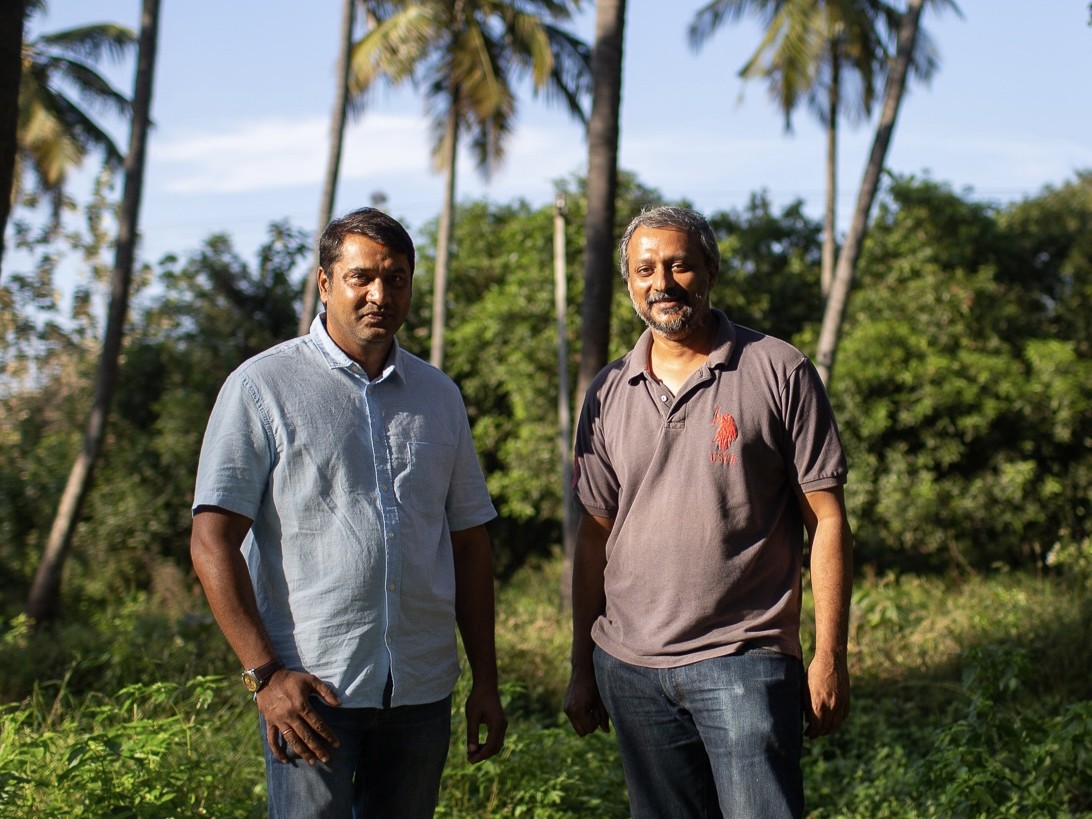How is it that high-profile banks have managed to perpetuate their mythic images as temples of finance? Despite the revelations of wrong-doing, ethical breaches, and market manipulation, banks are still keepers of our money. The language of trust is brandished amidst the marble columns and promises of security, which we depositors insure through our governmental agencies. However, despite the polished materials and claims that relationships matter, bankers are not priests; rather, they preside over a regulated culture that celebrates money not as service but as commodity. In this investor-driven business context only profit appears sacred, while true sacrifice in the form of bailouts is meted out from the public trust.
There are deep origins to the temple-as-bank myth. It is true that the ancient temples and hierophants who inhabited them were entrusted with sacrificial gold and other precious materials, which may have included wheat. It was kept in the temple treasury and meted out by the priests for material needs in the community, to put it simplistically. Sometimes the temples were plundered for spoils, sometimes subjected to the raw will of political power and attended by wanton desecration. That temples contained and maintained treasuries from Ancient Greece up to and through the Middle Ages and beyond. Anyone who may have seen the 1982 traveling exhibition called the Vatican Collection: The Papacy and Art, billed as the most expensive art exhibition ever mounted, will understand the vast extent of riches accumulated by the Catholic church, as just one example.
As a contrasting example, the Templars, founded under the aegis of the Pope in the early 12th century, carried out studies such as the understanding of the sacred geometry of the Temple Mount in Jerusalem along with an emerging practical and service-based banking function. As part of protecting the treasures of religious pilgrims, they created reclaimable credit notes as equivalent value for the gold they received from travelers. Travelers could then exchange for gold along their journeys. The gold the Templars held was circulated through loan for capital projects. One might say that the money was always circulating to fulfill others’ initiatives, and it was a rule of the order that there be no private or personal ownership of its assets. It may be that this particular founding impulse of the Order of the Templars constituted the last attempt to sacralize economic activity. With their demise came the end of that real and practiced nexus. But it was certainly not the end of the use of the temple edifice to cultivate the powers associated with it.
The rise of scientific materialism in the Renaissance in parallel development with the migration of an anthropocentric world view into the primacy of self-interest have both contributed to what has become an intensifying need for resource accumulation as the most coveted measure of worth. With this, human consciousness and its capacities for knowledge have shifted away from the ancient world in which the priesthood held the spirit and the gold. That physical and metaphysical reality has given way to more specialized forms as economic life has become increasingly disconnected from physical and natural resources; in short, economic life has become increasingly abstract. An important moment and indicator of this western cultural consciousness shift finds its archetype in the parable of the money lenders from the New Testament in which Jesus famously evicts the lenders and all the merchants from the temple. They had defiled and corrupted the temple by bringing the worst impulses of materialism into the sacred space. That event marked a significant change: the clear separation of temple and treasure. But the bankers did not want to give up the imagery. Simply put, they, or the heirs of their practices, built treasuries and banks that look like temples—columns, peristyles, stone—solid and impenetrable. Such it is to this day, even when money itself is nearly weightless.
I give this extremely condensed historical view because while the imagery attached to older consciousness persists intentionally, consciousness has moved past the need for bricks and mortar. Banks now exist solely online, their exoskeleton nothing more than a brand and a promise, though of course they are registered and under regulation as is any other bank. Without physical presence they are instead newly devoted to the gods of convenience rather than the mythic gods of yesteryear. Clearly such virtual developments are a manifestation of the separation between temple and treasury. Is this a good thing or a bad thing? What is lost and what is gained?
Gained is the clarity between what is material and what is spiritual. The purview and governance of each of these domains is separately managed under different rules and purposes, and by people working out of different disciplines. Such specialization is characteristic of the modern age, and it has made possible some extraordinary advances in science and medicine, for example, and the evolution of sophisticated financial instruments. While money itself has always been a storehouse and a measure of material value, it has increasingly occupied that place in consciousness that rightfully belongs not to money but to capital. That is to say that capital which is where spirit—ideas, intelligence—shows up in economic life, has a purpose whose value is difficult to assess until it comes into practical implementation and circulation. The result of the application of that capital accrues an exchange value we call money, its measure. That which is deeply human and qualitative, the insight, inspiration, imagination, pretty much disappear at that moment, overshadowed by our conditioned attachment to quantification, or that which can be weighed and measured.
What is lost? The speed and convenience of financial transactions have obscured the human aspirational aspects of the economy. Imagine slowing down enough to recognize the phenomenal extent to which human intelligence, spirit, suffuses almost everything produced—from idea, to design, to labor, to marketing and distribution. We would see that natural resources are gifts that are transformed by work, that the clothes we wear are made possible by an organized system of human capacities even as that clothing makes it possible for us to go about our business. While we see or touch the material in economic life, we could be much more awake to and experiencing a sense of the spiritual—a whole realm of thought and intention—that gave rise to and permeates and the material.
What I am proposing is the following: If we are to move into the future economy in a way that is healing and deeply human—the antithesis of where we are today—then we need to rekindle the awareness of what is so meaningfully spiritual and motivating in economic life. The temple and the treasury need to be integrated again, but with a new consciousness.
Modern science has intentionally relegated to second-class “subjectivity” our recognition of how important inner experience is to how and what we know. This is in many ways the same mindset that wants to measure value solely by what a product or one’s capacities for work might sell for in the marketplace, without recognizing that they are not the same in nature. Instead we need to re-sensitize ourselves to the subtle but hugely transformative difference between what is gift, in this case human capacity, and what is produced as a result of that gift. We can rightfully make the product into a commodity tradeable in the marketplace; but we cannot put a marketplace value on the gift that made the product possible. The gift, the human capacity arises from a complex of factors much greater than can be encompassed from an economic perspective. Though the following might seem counterintuitive, you can put a box into a gift, but you cannot but a gift in a box. A gift is not bound by time and space in the same way as a box—it is instead connected to a whole human life, to circulation, to an emerging future.
I offer an imagination to activate this future: In ancient times the treasure was enclosed, protected within the temple. What if we now imagine that the treasure is everywhere circulating about the world and that the sacredness of the temple inhabits the treasure? Might our awareness of this human and spiritual reality change how we work with the treasure? Might we better understand what is material, what is gift, what is capital, and what is money? And do so in a way that holds us as accountable for our intentions and actions as we hold the accounting of our assets and liabilities? Accountancy, reconciliation, and redemption among other profound processes, might then include fuller understanding of those words’ double meanings and thus lead us to experience the intimate relationship between spirit and matter. This lived understanding is a part of our evolving consciousness. It will get us past the persistent myths, and support reengaging in economic life with renewed spirit.
John Bloom
©2019


